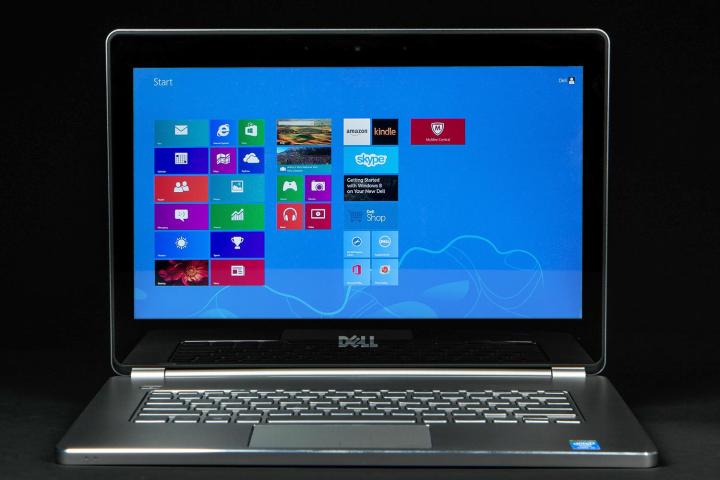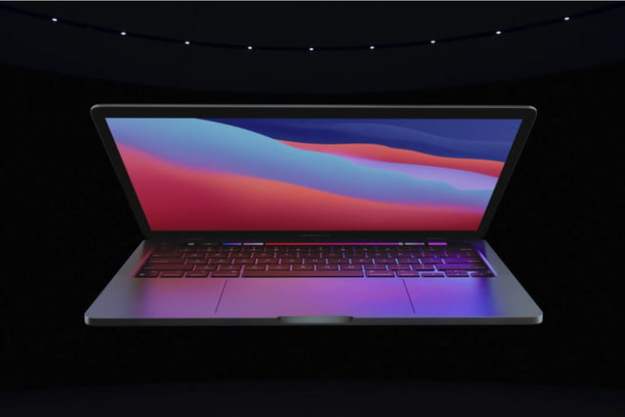
It’s certainly no secret that people have been very slow to cozy up to Windows 8, which was released in late 2012, and Windows 8.1, which saw the light of day this past October. However, it seems as if people are coming around to the idea of Microsoft’s tile-totin’ operating system.
According to Net Marketshare, as of this past December, Windows 8’s market share reached 6.89 percent. Windows 8.1 hit a mark of 3.60 percent. Together, the two combined to seize 10.49 percent of desktop operating system market share. That doesn’t necessarily mean that people are starting to change their minds on Windows 8 and 8.1, however. It’s entirely possible that they bought new systems, and the rigs they purchased just happened to ship with Windows 8 or Windows 8.1 installed. Nevertheless, Microsoft is likely pleased to know that people aren’t actively avoiding its latest OS.
Though Windows 8 and 8.1’s market share are (very slowly) on the rise, past versions of Windows are still holding firm. For instance, Windows 7’s market share actually rose from 46.64 percent in November 2013 to 47.52 percent last month. The ancient Windows XP is still alive and well, though its share fell from 31.22 percent in November to 28.98 percent in December. It may be that the drop in XP’s share occurred as a result of people moving to Windows 7 and Windows 8.
Though Windows 8 and 8.1 usage appears to be increasing, here’s a stat that should offer some perspective: remember Windows Vista? Well, its market share last month weighed in at 3.61 percent – 0.01 higher than Windows 8.1 in the same time frame.
One way or another, more people are starting to use Microsoft’s newest operating systems. But they still have a long way to go before they’re widely embraced, and it’s doubtful whether they’ll ever get the same kind of love enjoyed by Windows 7 and Windows XP.
What do you think? Sound off in the comments below.
Editors' Recommendations
- PC gamers — Windows 7, 8, and 8.1 are officially dead
- I’m a die-hard Windows fan, but the M1 Mac Mini converted me
- Windows 11 still has this one major advantage over MacOS
- This popular photo-editing app will no longer work on Windows 7 and Windows 8.1
- Adobe Photoshop now runs natively on Windows on ARM, catching up to Apple’s M1


